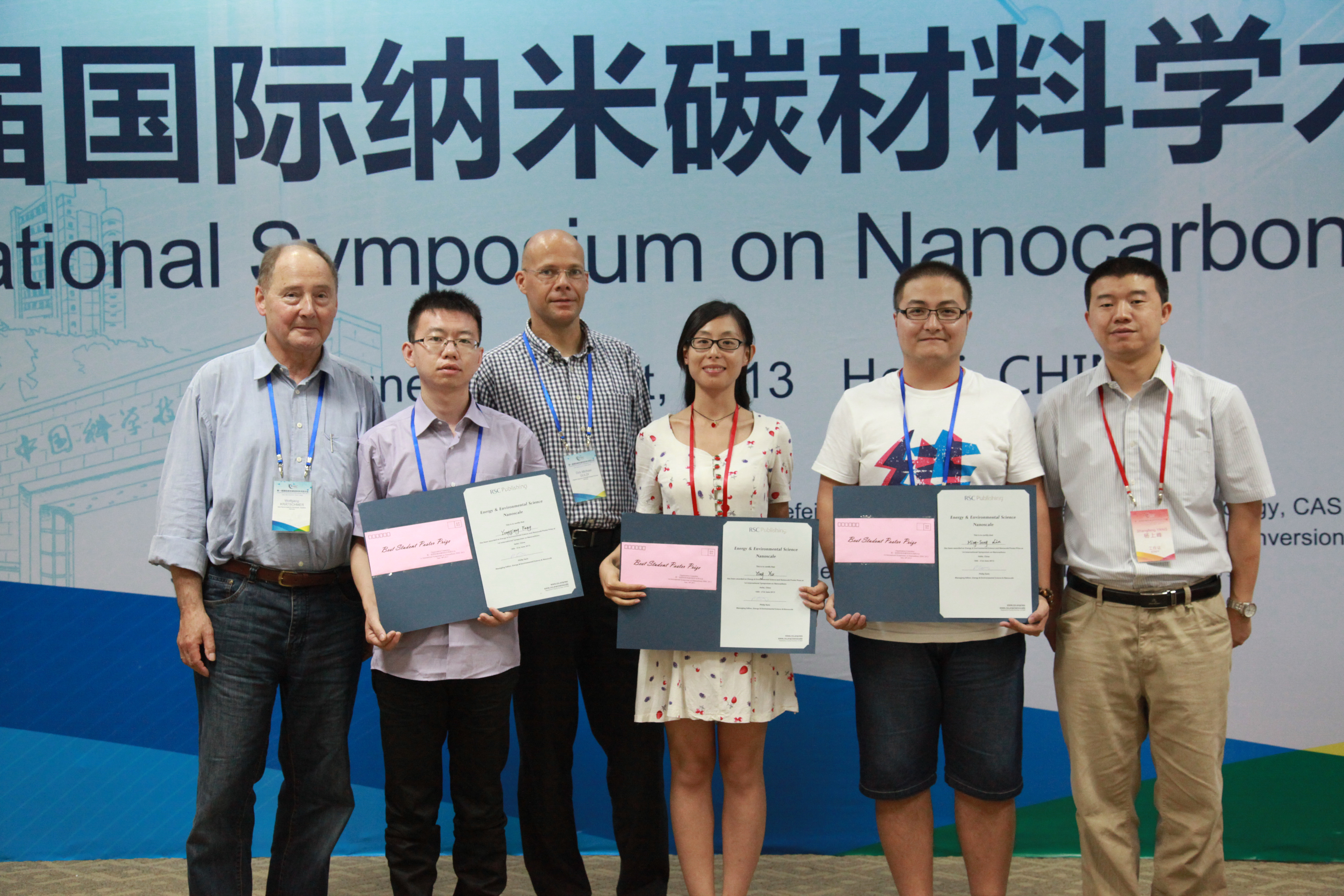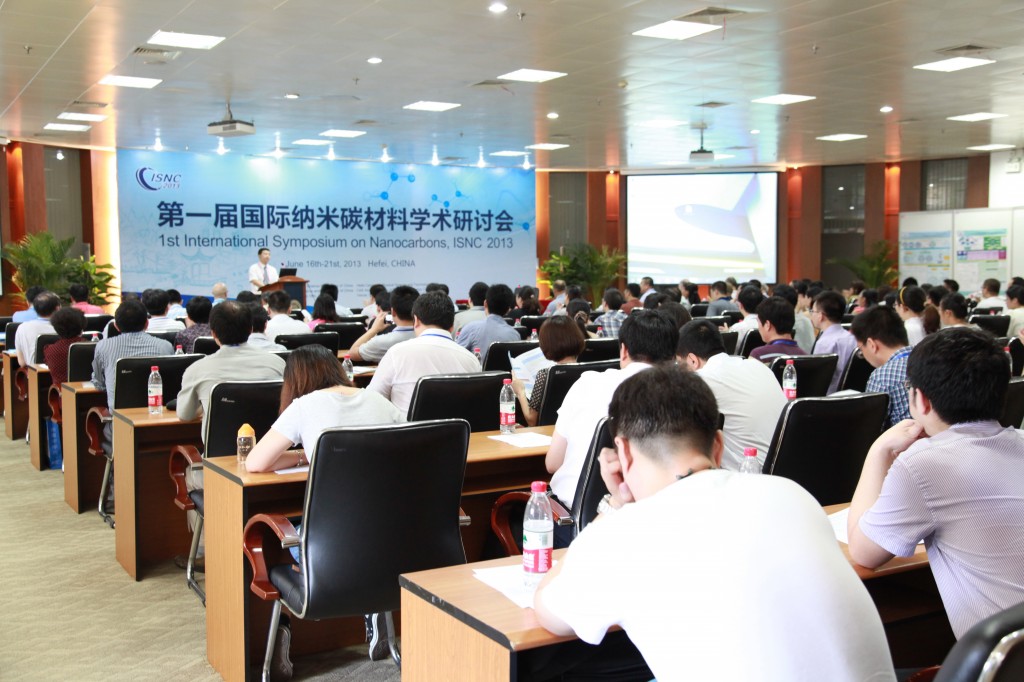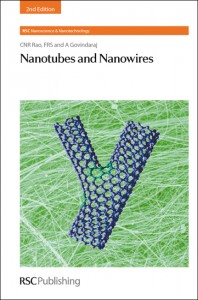Research published in Nanoscale describes the development of a micro-woven tin oxide cloth that enables the design of flexible, self-powered detectors for environmental monitoring.
Chinese scientists fabricated the material, which acts as both a battery anode and a light sensor, using a sacrificial carbon cloth as a template. The team used this to grow tin oxide nanoparticles which form hollow tubes identical in structure to the woven carbon when the carbon cloth is removed at high temperatures. Tin oxide is a wide band gap semi-conductor with high quantum efficiency in the UV region, making the material a good substrate for both battery electrodes and light detection.
The scientists showed that two of the tin oxide layers can be integrated into one highly flexible, self-powered photodetector that shows comparable performance when compared to non-foldable devices with external power supplies. No change in light detection or power generation occurs when the cloth is folded.
Read this exciting article today:
SnO2-microtubes-assembled cloth for fully flexible self-powered photodetector nanosystems
Xiaojuan Hou, Bin Liu, Xianfu Wang, Zhuoran Wang, Qiufan Wang, Di Chen and Guozhen Shen
DOI: 10.1039/C3NR02300A


















 Seawater can be used as fuel to propel micromotors say scientists in the US.
Seawater can be used as fuel to propel micromotors say scientists in the US. 






